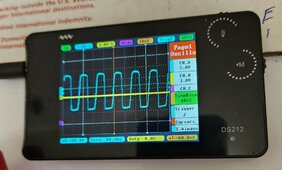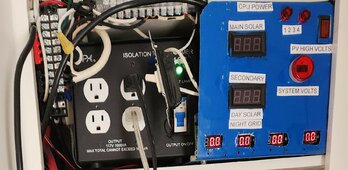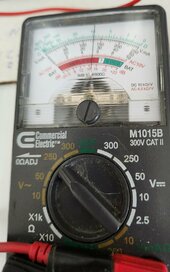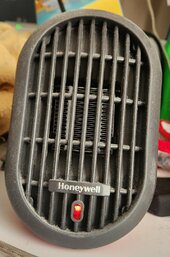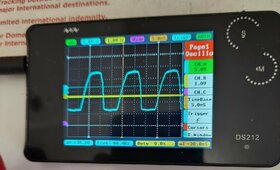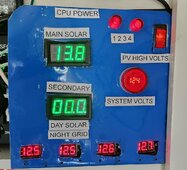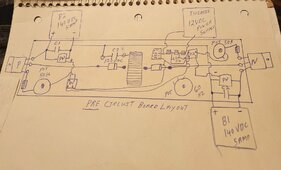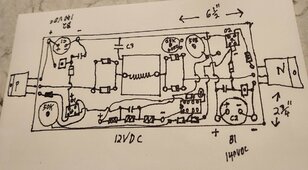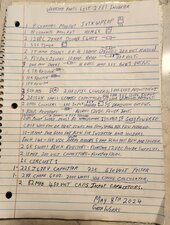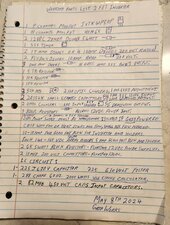GridWorks Green Solar
Solar Innovator
Good morning, up at 5AM in preparation for another dual 140VDC solar test on the two FET inverter.
What is different this time around is the project system has been powered down so I can fully access and test the 10amp ISO transformer output from the new two FET inverter. Hopefully the inverter will push the level one quartz tube heater and lamp directly off the built-in outlets on the front of the ISO transformer.
Each solar input is fused at 5amps seven series panels 140VDC and the ISO transformer is fused at 10Amps, Previous low voltage testing says this might just work.
Wish me luck, expect full sun this morning for a short time, running the best sinewave output from the inverter to the ISO transformer hoping for a home run running loads and pure sine output off the transformer.
If this test is successful next stop is dual 160VDC eight series panels each input testing.
Will post more today as testing continues, If successful more information and photos will be posted.
Have a set of fixed resistors 20.5K and 39.1K for the inverter but not going to use till later using 50K potentiometer so I can make small adjustments to the output.
More very soon
What is different this time around is the project system has been powered down so I can fully access and test the 10amp ISO transformer output from the new two FET inverter. Hopefully the inverter will push the level one quartz tube heater and lamp directly off the built-in outlets on the front of the ISO transformer.
Each solar input is fused at 5amps seven series panels 140VDC and the ISO transformer is fused at 10Amps, Previous low voltage testing says this might just work.
Wish me luck, expect full sun this morning for a short time, running the best sinewave output from the inverter to the ISO transformer hoping for a home run running loads and pure sine output off the transformer.
If this test is successful next stop is dual 160VDC eight series panels each input testing.
Will post more today as testing continues, If successful more information and photos will be posted.
Have a set of fixed resistors 20.5K and 39.1K for the inverter but not going to use till later using 50K potentiometer so I can make small adjustments to the output.
More very soon
Last edited:



